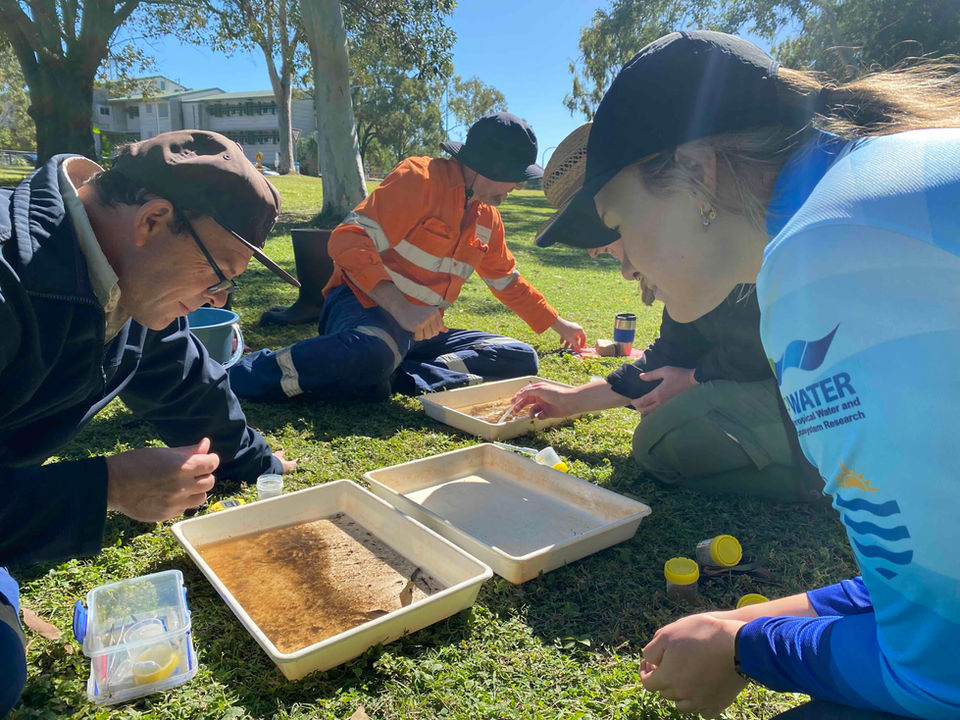Webinar: Global report reveals worldwide status and conservation of dugongs
Monday 17 November, 1–2pm AEST
Australia is home to the largest and most studied dugong population on Earth – but why are dugongs vanishing across other countries within their range? Join us for a special online panel discussing what was found in the first major global review of dugong populations in more than 20 years.
.png)
Our eDNA lab
As northern Australia's leading eDNA experts, we use genetic clues to revolutionise how to detect invasive and threatened species.
We’ve contributed to biosecurity surveillance, environmental impact assessments, tracking fish communities in Australian waterways, locating threatened species, and advancing eDNA science itself, while working with Traditional Owners, community groups, governments, councils and regional bodies. We also lead advances in eDNA techniques and offer commercial and research services.

Dugong Connections
Building strong collaborations with Traditional Owners is key to reshaping the way we approach dugong research, monitoring, and management. Their insights and involvement are essential for a more holistic and effective management strategy that respects both cultural and ecological sustainability.
We're facilitating transparent knowledge exchange and enhancing rapport and relationships between science and Traditional Owner groups across the Great Barrier Reef.

Thermal risk for inshore seagrass on the Great Barrier Reef
Climate change threatens the health of seagrass meadows in multiple ways, and inshore seagrasses in shallow waters are at greater risk of being exposed to very high temperatures than those in deeper waters. We are working with Traditional Owners to deploy temperature loggers to measure thermal risk to inshore seagrass, and developing a model to predict areas of seagrass most at risk of thermal stress from high temperatures.
Findings can be used to respond to high-risk temperature events, understand what is causing changes in seagrass meadow condition, and underpin management strategies such as prioritising areas for restoration.
%20Photo%20by%20Cat%20Collier.jpeg)
Pollutant sources, transport and fate across catchment to Reef
We use multiple lines of evidence including water quality monitoring, tracing, modelling, and proxy-based data analysis, to a better understand of the catchment-to-marine connection.
While growers are making changes to farming practices, understanding pollutant sources, transport, and fate is critical for adopting more progressive practices, while identifying 'hotspots' is essential for targeted management strategies. Our research provides important insights to guide these efforts effectively.

Our research and projects
We provide industries, communities and governments with science-based solutions to better manage, protect and restore our tropical water ecosystems. Explore our research and projects.
News
Our services and capabilities
We provide science-based solutions, stakeholder training, and innovative monitoring technologies. Our capabilities include water quality and eDNA labs, specialised training programs, technology development, and a range of environmental assessments and restoration efforts.











.webp)















